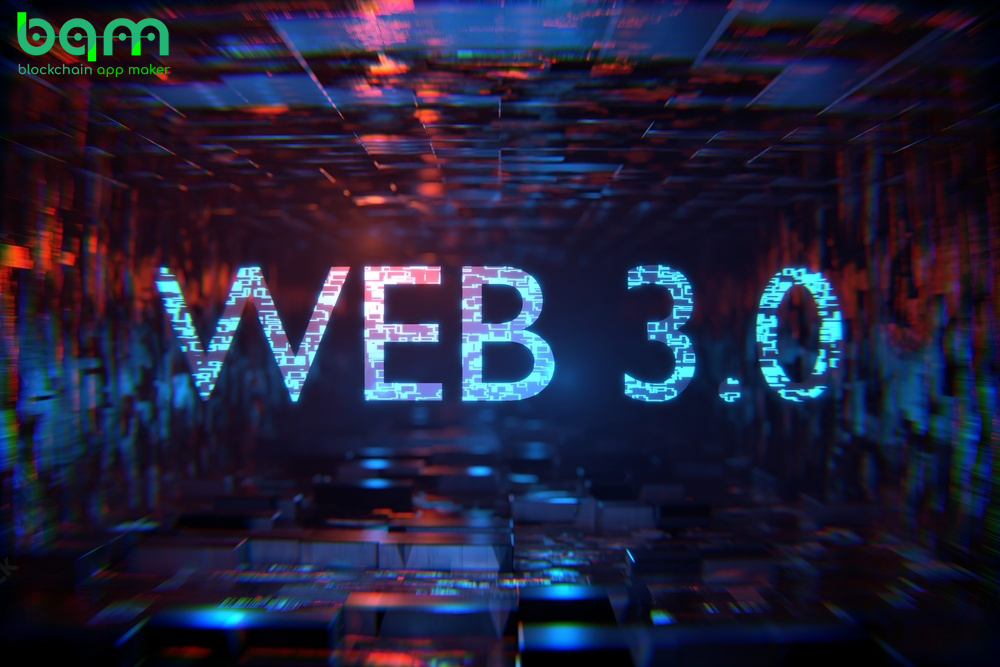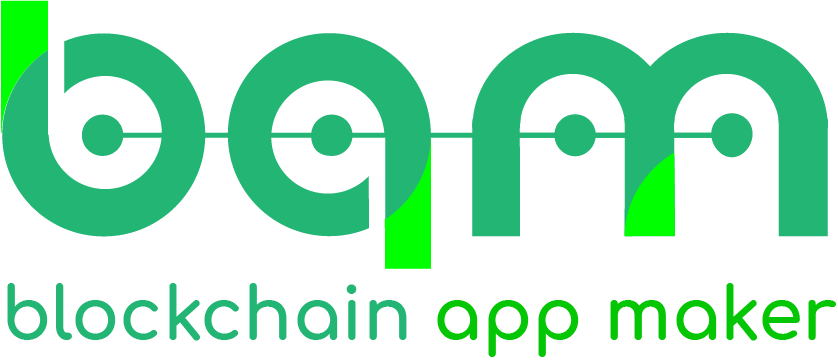
Everyone in the world is aware of World Wide Web. Over time, the web has undergone substantial change. Web 1.0, also known as Syntactic Web was limited to reading the information provided on the web. Static websites from back then were a long cry from the polished content that is the norm nowadays. Web3 Development will revolutionize the way the internet works.
Because it makes it simpler for users to interact with websites, Web 2.0, the second generation of the Internet, is also known as the read-write Web or the social Web. Mobile, social networks, and cloud technology enable Web 2.0 users to access, produce, and share information on websites and applications as well as among websites.
Imagine a new sort of Internet where everything is more tailored than ever. Everything you type and say through text, speech, or other media, is precisely translated and understood. You are about to embark on a new phase through Web 3.0 development.
What is Web 3.0?
Web 3.0, the next stage in Web development and the Internet, will be disruptive and usher in a significant paradigm shift as Web 2.0 did.
It is predicted that Web 3.0 Development will be:
- Open- Creation of Content Platforms using open-source software.
- Trustless- A Trustless infrastructure for network protection.
- Distributed-Communication between devices, users, and services will be available without the approval of a centralized authority.
What will be the characteristics of Web 3.0 Development?
- Artificial Intelligence– Artificial Intelligence will distinguish between good and poor data. Due to the use of AI, Web 3.0 will be sharp and more receptive to user demands.
- Decentralization– This idea is fundamental to Web 3.0. Information can be stored simultaneously in several locations and became decentralized with Web 3.0. It would give individuals more power by dismantling the enormous databases that internet giants like Meta and Google maintain presently. Through decentralized data networks, consumers will sell the data produced by various powerful computing resources, such as mobile phones, desktop computers, appliances, automobiles, and sensors, still maintaining ownership control.
- Semantic Web-Semantics is the study of links between words. The concept behind the semantic web is to develop something that understands human emotions. Web 3.0 will focus more on understanding the meaning of words and the context behind them.
- 3D Graphics-The most noteworthy feature of Web 3.0 is 3D Graphics and spatial computing. Web 3.0 will blur the line between the real and virtual worlds through 3D technology. It will open up new opportunities for gaming, fashion, health and real estate. It will also create a much more interactive user experience.
- Ubiquity– Web 3.0 is pervasive. Ubiquity is the ability to be everywhere, especially at the same time. Web 3.0 will make the Internet available for everyone, anywhere, anytime. It will enhance the user experience as they take advantage of all the accessible data.
Future of Web 3.0 Development
Despite the presence of Web3 applications, it is yet to be seen whether the concept gets embraced in its present form. Autonomy and decentralization are the fundamental principles underlying Web3 Development, but the primary concern is whether governments and regulatory bodies will give their approval. Without proper supervision and regulation, there will always be worries regarding safety, security, and legality.
Wrapping Up
Each paradigm shift ultimately encounters a different set of challenges as it progresses. Many businesses are still looking at the potential, but some have already started using Web3 development to keep ahead of the curve. Future-focused business leaders must get ready for Web3 and rally their workforce.
